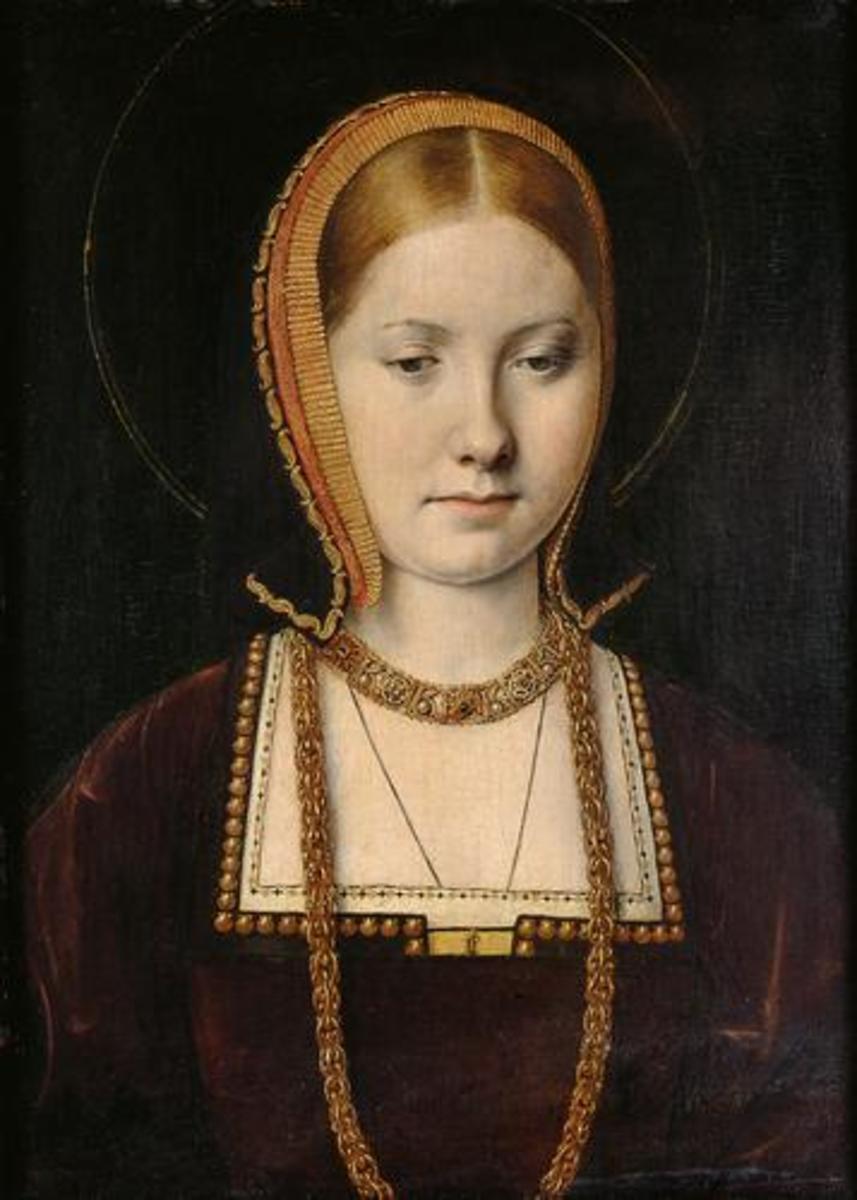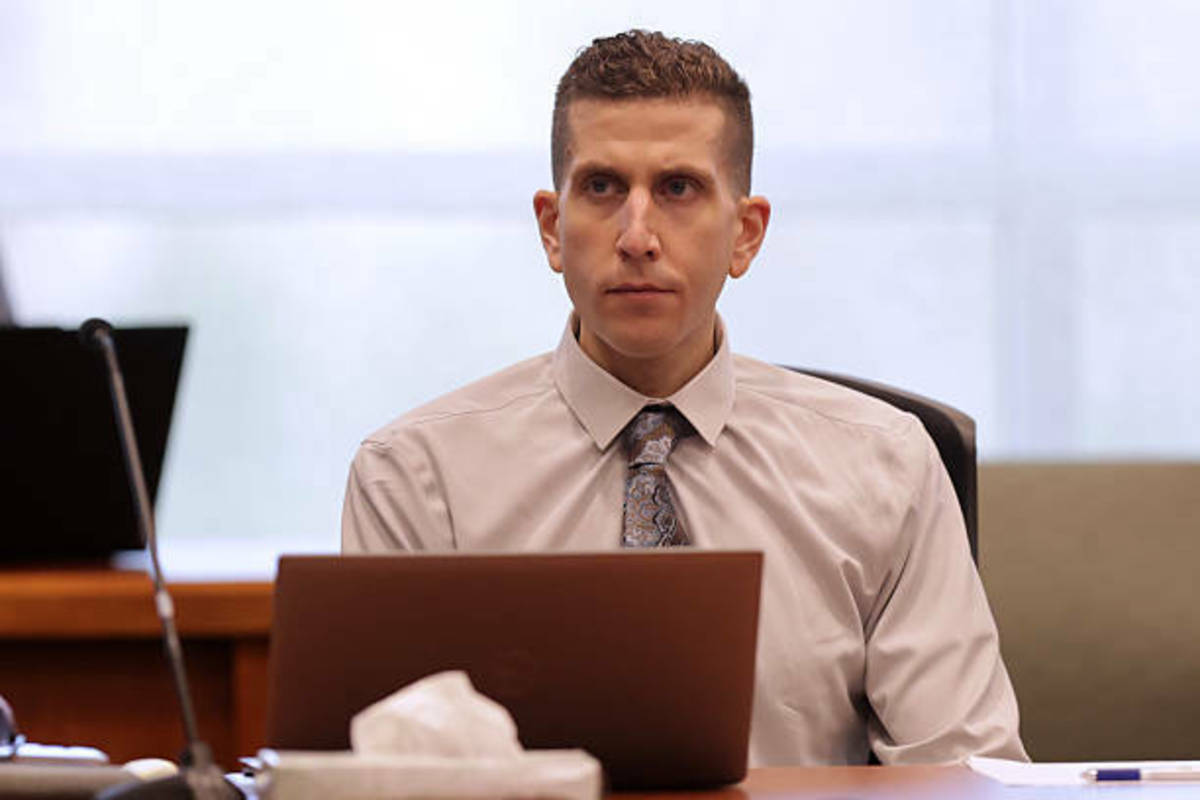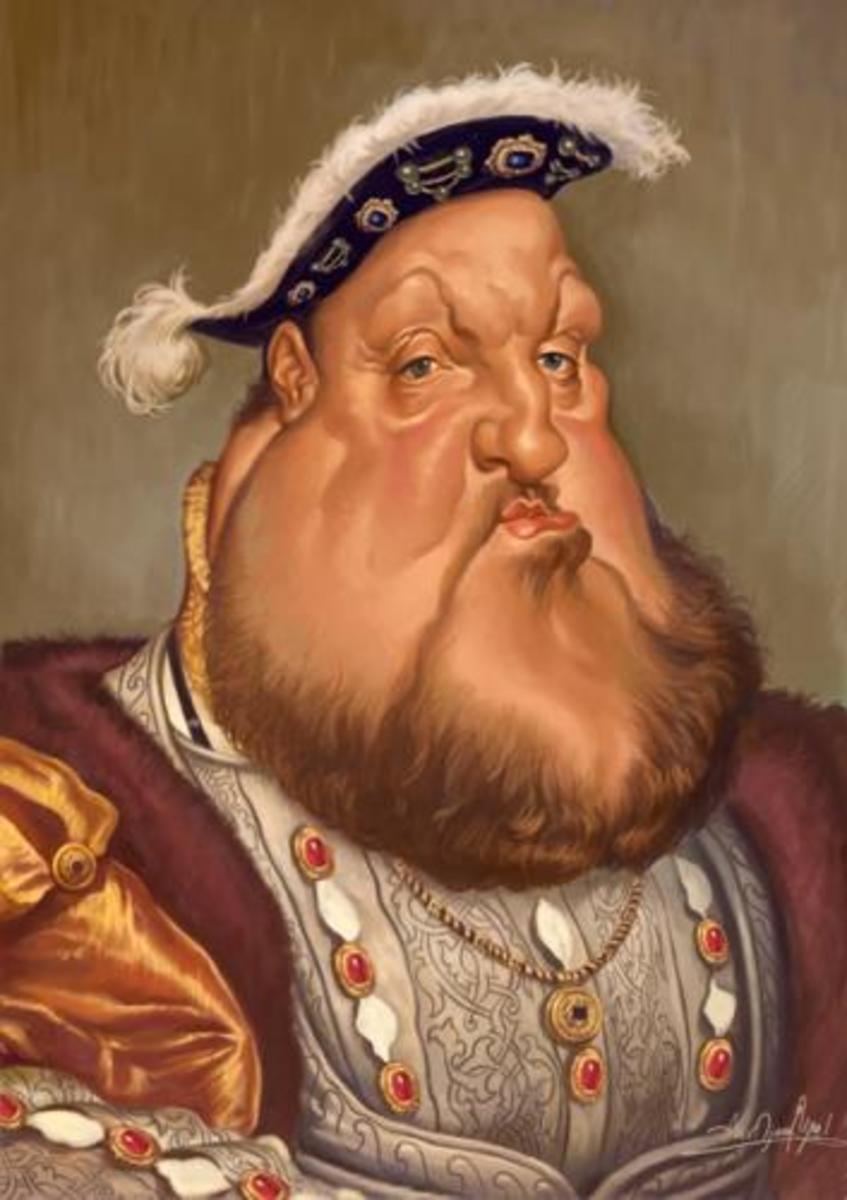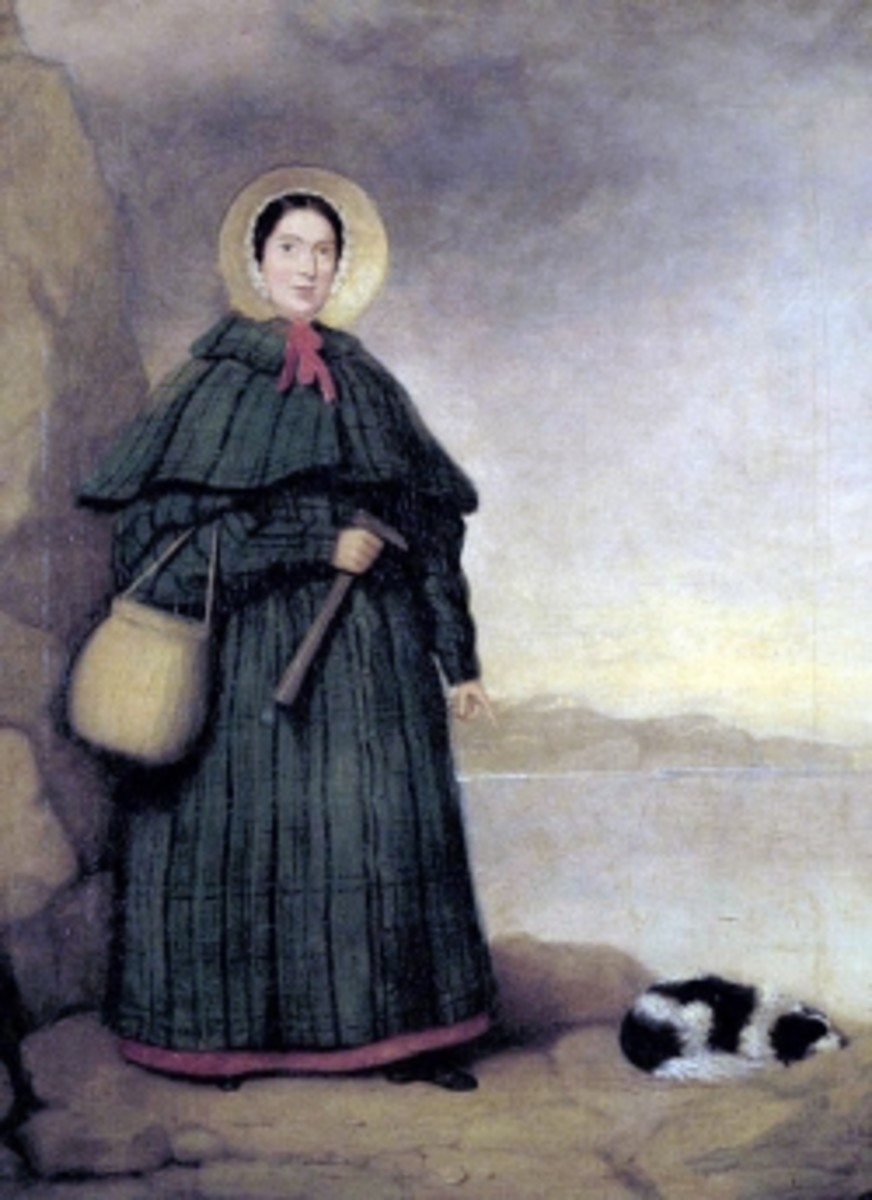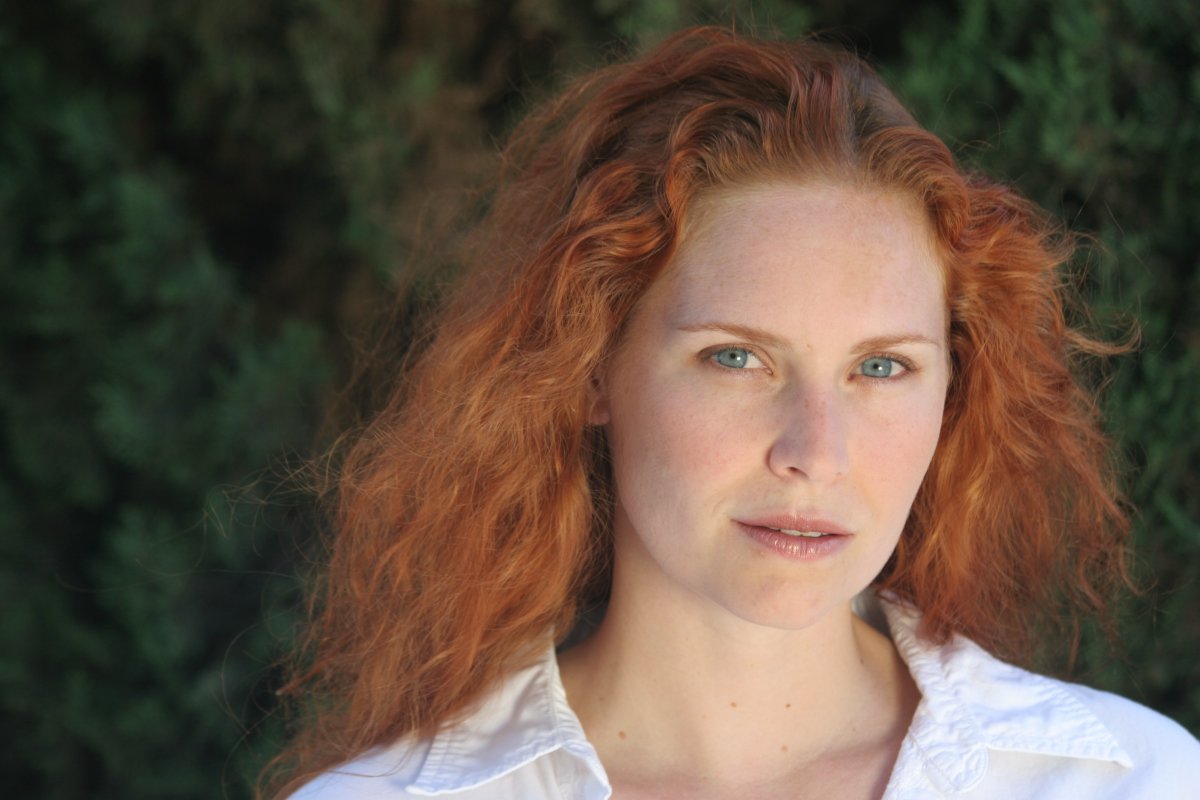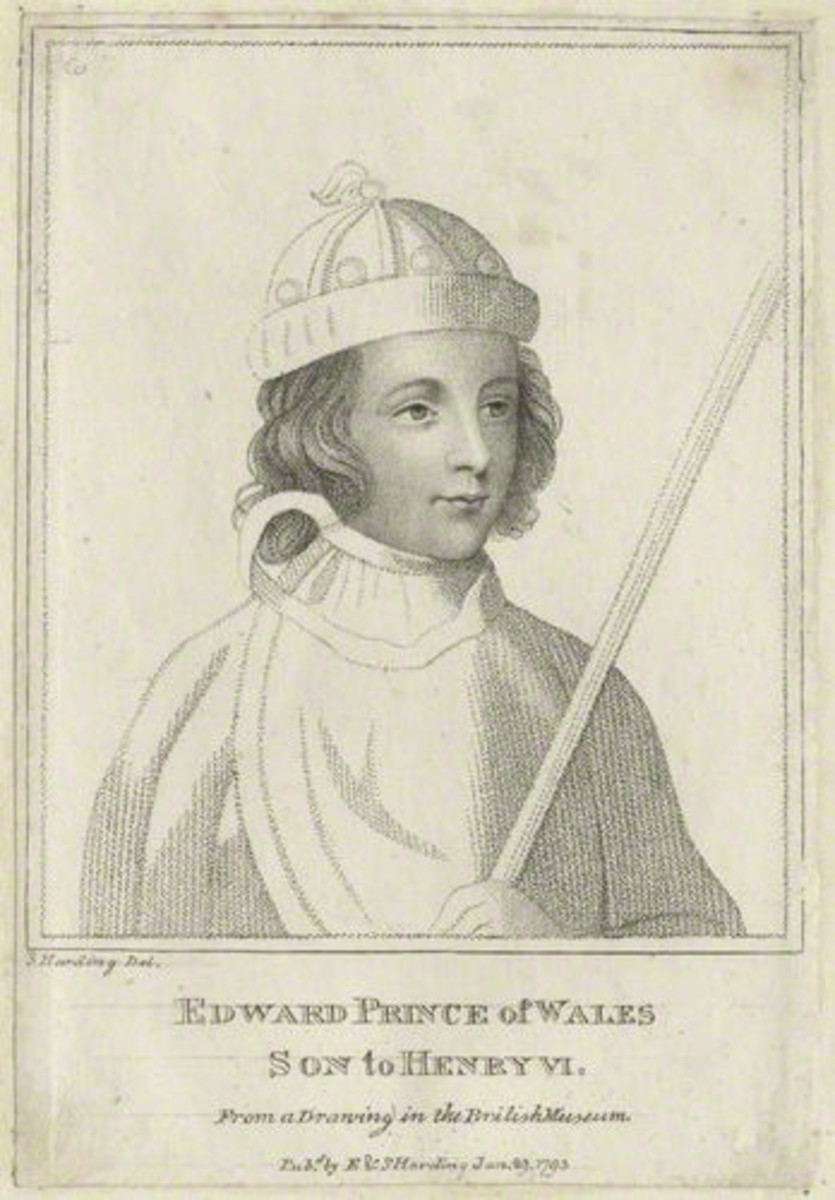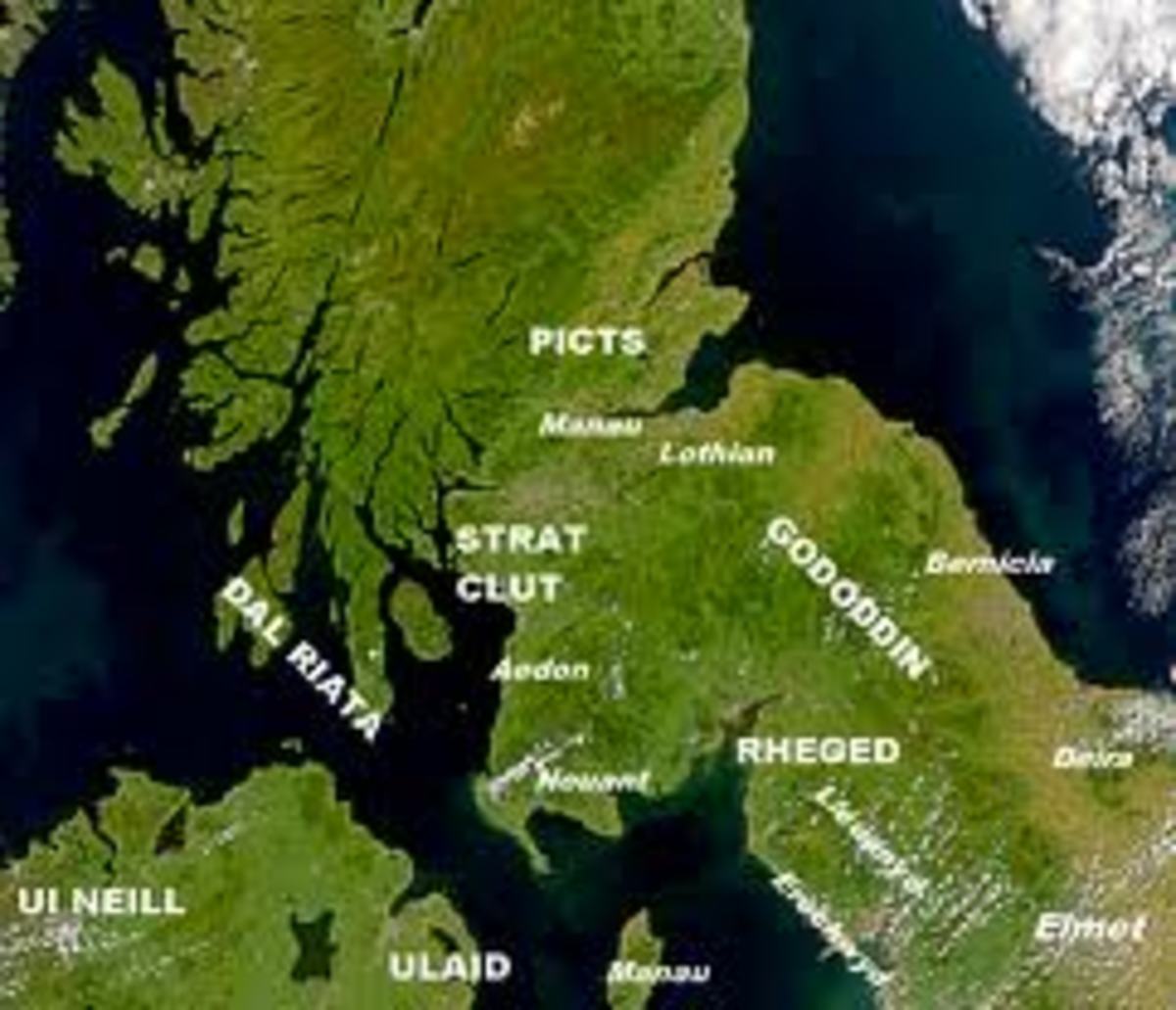Famous women killers
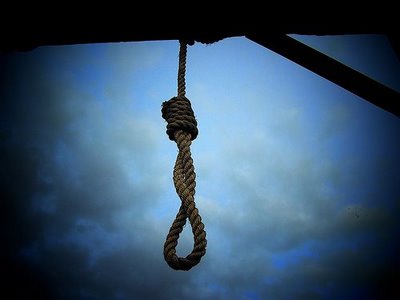
WHY DO SOME WOMEN KILL?
Why do women kill and murder? They are supossed to be the gentler sex, the ones who nurture the babies and support families, keeping the very structure of society in place.
Why do some women go wrong? Greed, jealousy, or just plain nastiness.
Here are some case studies to help you decide for yourself
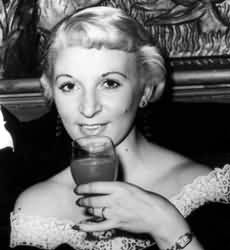
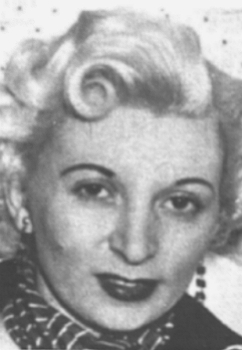
The last woman to be executed in the UK
RUTH ELLIS
Ruth Ellis was born in Wales on 9th October 1926. She was married but that did not stop her developing her career as a good time girl and club hostess. In 1953 Ellis was working as a club hostess at The Little Club in upmarket Knightsbridge, in London. .Whilst there she met a young bisexual racing driver called David Blakely.
Ellis and Blakely had a difficult relationship which was marked by violence and infidelity. Ellis became pregnant in March 1955 but miscarried the child after Blakely had punched her in the stomach during a fight.. Blakely reacted by trying to put some distance between himself and Ellis, however this resulted in Ellis becoming obsessively jealous and depressed.
On Easter Sunday in 1955 Ellis armed with a Smith and Wesson .38 revolver and went into one of Blakely’s regular haunts, the Magdala Tavern in Hampstead. She had been driven to the pub by
another of her boyfriends, Desmond Cussen. Ellis lay in wait until finishing his drink Blakely left the tavern to walk to his car. Ellis shot Blakely 4 times wounding a passer by at the same time. Ellis was arrested by an off duty policeman, one of a crowd who had emerged from the pub at the sound of the shots. Police custody records indicated that Ellis was calm and did not appear to be under the influence of drink or drugs. Ellis made a frank and full confession to the police.
Whilst on remand awaiting trial Ellis was examined to ascertain her mental state. Conclusions were drawn that she was of sound mind and had not suffered from any mental illness in the days preceding the killing.
At her trial at the Old Bailey in June 1955 Ellis was asked why she had visited the pub. Ellis said. “I intended to kill him” The jury was out for just 23 minutes and found her guilty of murder. She was sentenced to death by hanging and on receiving her sentence Ellis replied to the judge “thanks”.
Ellis did not appeal her sentence, simply accepting that as her not guilty plea on the grounds of provocation had not been accepted by the jury, then there were no grounds for her to appeal on.
Ellis spent just 23 days in the condemned cell before being hung. It had been expected that her death sentence would be commuted but the home secretary, Gwilym Lloyd George refused to do so. A reprieve was received five minutes before the hanging but it turned out to be a hoax call. Ellis was
represented by Victor Mischon in the early stages of her defence. Mischon moved onto a more lucrative type of law and represented Diana , Princess of Wales with her divorce.
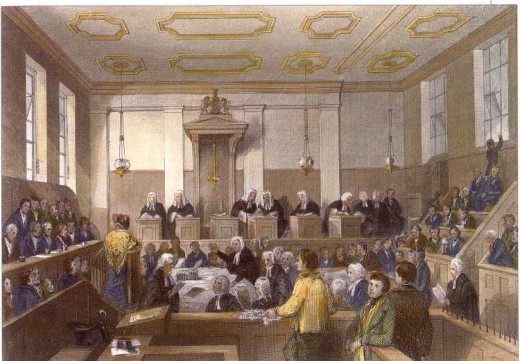
The last woman to be publicly executed in London
Catherine Wilson
Catherine Wilson was aged 31 in 1853 and was working for Captain Peter Mawer as his housekeeper in Boston, Lincolnshire. Mawer became dependant on Wilson and told her that he would leave her something in his will. Soon after this conversation Captain Mawer died of an overdose of colchicum which used in small quantities was a known treatment for gout. Captain Mawer had suffered from gout for some time and was known to take colchicum for pain relief.
Losing her job, Catherine Wilson applied for a job in London and lodged at a house in Bloomsbury with Maria Soames. There is evidence that she was accompanied by a man called Dixon, but it is not known whether she married him but she possibly presented them as a married couple in order to obtain lodgings. It is known that Wilson and Dixon fell behind with the rent but not why.
There were two sudden deaths within a week. The man Dixon died as did her landlady Mrs Soames. Owing to the sudden nature of the deaths autopsies were performed on both Dixon and Soames but no foul play was discovered. It appears that Mrs Soames had told Wilson that she had just received a small legacy and Catherine Wilson had a cup of tea with her to celebrate. Mrs Soames died 4 days later in agony. It was the same doctor who attended Mrs Soames that attended Mr Dixon and again foul play was not suspected.
Wilson moved home to Brixton and invited her wealthy friend, Mrs Atkinson, to stay with her. A few days after her arrival the ladies husband, Mr Atkinson received a telegram from Wilson telling him that his wife had died suddenly after being robbed of all her money.
Wilson took a job with Sarah Carnell and tried to poison her with sulphuric acid. Again Wilson was the perfect friend and companion with Mrs Carnell leaving her a legacy in her will. Mrs Carnell found the taste disgusting and spat it out, the spittle burnt a hole in her bed sheets. Wilson fled Mrs Carnell’s home but was arrested six weeks later. Her case was heard at the Old Bailey where she was put on trial for attempted murder. She was acquitted because her lawyer persuaded the jury that a pharmacist had incorrectly filled the medicine bottle with sulphuric acid. Catherine Wilson was free to go.
As Wilson left the Old Bailey she was immediately arrested for the murder of Mrs Soames of which she was subsequently found guilty by a jury. She was hanged on 20th October 1862 at Newgate prison before a crowd of 20,000 people. Catherine Wilson was the last woman to be publicly executed in London.
FRANCES Kidder
The last woman to be executed in public in Great Britain
Frances Kidder was married to William Kidder who was a conman by trade. Kidder had a twelve year old daughter, Louisa, from a previous marriage, who lived with them. Frances resented the child and abused her and was heard by neighbours threatening to kill her. The child was physically damaged and was frequently left without food, often being turned out of the house in all weathers or left to sleep on rags in the cellar. The treatment was so bad that neighbours reported the parents to the authorities and Frances was fined because of her treatment of the child. Although Frances was the mother of his other child William became angry with the continued ill treatment of the child and regularly threw his wife out of the home. It was a combustible situation.
On 25th August 1867 Frances killed Louisa by holding her face down in a ditch where the water was just over a foot deep. Louisa’s body was found nearby in a stream and Frances stated that they had been out together when they were frightened by passing horses and fell into the ditch.
Kidder was committed to trial on a charge of murder and the jury took just twelve minutes to find her guilty. She was sentenced to death by hanging.
Kidder confessed her guilt to the prison chaplain whilst she was in the condemned cell. She did not take her sentence calmly, often appearing to be hysterical and had to be held on thegallows by two prison warders.
. Whilst being prepared for execution Kidder prayed, for what it is not known. The execution took place before a crowd of 2000 people. Reports say that she struggled on the rope for two or three minutes before coming still. Her body was left hanging on display for an hour after the execution before being placed in an unmarked grave at Maidstone Prison.
Local history records that her husband and Louisa’s father stood in the crowd watching his wife, his daughters murderer, die. This was the last public execution of a woman murderer in Britain
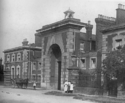
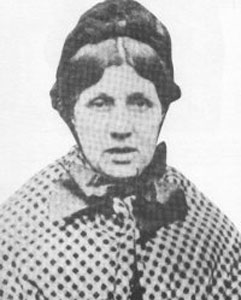
Mary Ann Cotton
Mary Ann was born in 1832 and started work at the age of 14. During her early life she moved to Plymouth, Devon where she met and married her husband, William Mowbray, making their home in Plymouth. In 1857 the couple returned to County Durham with their 1 year old daughter Mary Ann. The mother told neighbours that she had given birth to four other children but they had all died in infancy. Mary Ann gave birth to three more children but in 1860, when her daughter Mary Ann was four, the child died of “gastric fever”.. In September 1864 her son John aged 1 died of diarrhoea and on 18th January 1865 William Mowbray lost his job. He came home to tell his wife and shortly after was gripped with intense abdominal pains and diarrohea- he died very soon after. In March 1865 the couples daughter, Margaret aged 4 also died of “gastric fever”
William Mowbray had taken out life insurance on himself and his living children just after Mary Ann died. It was with The British and Prudential Insurance Company. The insurance company paid to Mary Ann Cotton, £35 on the death of her husband and £30 on the deaths of her children. This was the equivalent of about a years wages for a manual labourer.
Mary Ann Cotton still had one daughter alive, Isabella aged 7 and they moved to Seaham Harbour where she fell in love with a married man Joseph Nattrass who refused to leave his wife and children. Mary moved on finding a job at the Sunderland Infirmary where she met and married in August 1865 an ex patient George Ward. By October 1866 George Ward was dead, the cause of death was “fever”. He left all his estate to his wife which included the life insurance payment made on his death. The medical offcer attending Ward later gave evidence to say that although Ward had been very ill he was surprised that his death had been so sudden.
Towards the end of 1866 Mary Ann Cotton began working for a shipyard manager called John Robinson whose wife had died a little while before. Robinsons’ youngest child then died and Mary Ann Cotton who was by now pregnant, was there to comfort him. Whilst at the Robinsons Mary Ann went to visit her mother and within days her mother was dead, taking the best of her mothers belongings she went back to the Robinsons household. By April 1867 the death toll was mounting. Not only had Isabella, her last remaining child died of “ gastric fever” but also two of Robinson children were dead. In August 1867 Mary Ann married Robinson and in November Mary Isabella was born, dying of “gastric fever” some four months later. Mary Ann went on spending spree racking up debts of £50 and stealing £60. Her husband had asked her to bank. She begged Robinson to insure his life but he threw her out- whether he had his suspicions is not recorded. It is believed that she left a surviving son to live with his father.
On the streets,Mary Ann sought solace with a woman friend Margaret who introduced her to a widower Frederick Cotton, she was acting as a substitute mother to Cottons two children and as a companion . Margaret died shortly after of “gastric fever”. In September 1870 Mary Ann married Cotton though on her part it was bigamous and a son was born to them early in 1871. In September of that year Cotton died and his son followed him shortly to the grave.
In 1872 Mary Ann was offered a job as a nurse by a parish official called Thomas Riley. She found that her stepson Charles Edward Cotton was in the way and she tried to place him in a workhouse who rejected him as he had a home,saying that his mother would have to go to the work house too. Cotton tried to ease the boys way in by telling Riley that the boy was sickly like all the Cottons and wouldn’t last long. Riley is reported as calling this nonsense as the boy was a fine strong lad. Shortly after this rejection he died.
It is the death of Charles Cotton that sparked the involvement of the law. Thomas Riley was shocked at the boys sudden death and went to the village police to make a complaint. He asked the doctor to wait to issue the death certificate but opon examination the doctor was able to put natural casuses. Mary Ann said that Riley had made these accusations because she had previously rejected his amourous advances. However the power of the press became a factor. They soon picked up that Cotton had moved all over the area leaving a trail of deaths behind her mainly due to diarrhoea and gastric fever. The doctor who attended Charles Cotton had at Rileys insistence kept samples from the body. He tested these and found that they contained arsenic. Cotton was arrested for murder and the trial had to be delayed as Cotton was again pregnant. In her trial she claimed that the boy had died from exposure to arsenic used in the wallpaper. The jury took 90 minutes to deliberate and found her guilty. She was hanged on 24th March 1873 at Durham County Jail. Only two of her twelve children survived.

